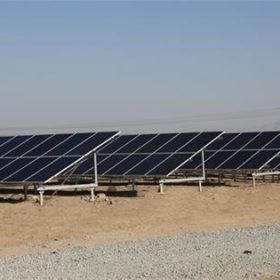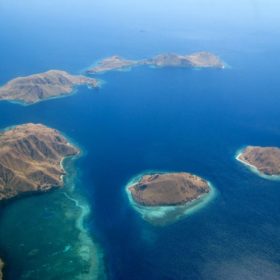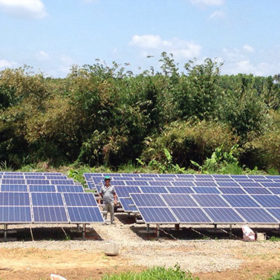IRENA report outlines the potential of renewables
Many countries who have signed the Paris agreements have been given the opportunity to significantly strengthen their targets for renewables with the next rounds of National Determined Contributions (NDC) coming up. NDCs are an integral part of the Paris Agreement on Climate Change. They outline the actions that countries plan to take to achieve the agreements aim’s.
Solar costs will fall 60% over next decade to fuel PV adoption, says IRENA head
The International Renewable Energy Agency (IRENA) forecasts as much as 90 GW of new solar additions annually across the globe over the next few years, driving a 60% reduction in costs.
Doubling of global renewable capacity by 2030 could drive 66% storage cost reduction, IRENA says
The International Renewable Energy Agency calculates that storage capacity could triple by 2030 if current renewable energy capacity doubles, with battery prices potentially driven down by 66% from current levels.
Quercus to build 600 MW in Iran
Quercus Investment Partners has revealed plans to develop, build and run 600 MW of solar capacity in Iran.
Australia added 40.3 MW of small-scale PV in August
Australian homeowners and businesses installed 40.3 MW of small-scale solar capacity in August, up roughly 30.6% from the preceding month, according to figures from the nation’s Clean Energy Regulator.
Equis signs PPAs for 42 MW in Indonesia
Equis Energy has signed PPAs with utility PT PLN to develop 42 MW of solar capacity at multiple locations, including what will be the largest PV project in Indonesia.
GGGI issues call for PV projects proposals in Indonesia
The Global Green Growth Institute (GGGI) has started accepting expressions of interest (EOI) from prospective renewables developers for at least two solar, biomass or energy-efficiency projects in Indonesia.
Australian states outpacing feds with solar, wind plans — report
Australia’s states and territories have taken the lead in the country’s push to deploy renewables such as solar, as well as storage, despite a lack of action at the federal level, according to a new report.
Ontario launches green fund with initial $298 million investment
The authorities in the Canadian province of Ontario have announced the launch of the Green Ontario Fund, with the nation’s leading PV industry body hailing the new scheme as a potential boon for future solar deployment.
IRENA: Renewable energy can meet a quarter of India’s energy demand
As India’s energy needs are rising fast, the increased use of renewables in 2030 could save the economy 12 times the installation costs, when reduced environmental and health damage are taken into account, shows International Renewable Energy Agency’s roadmap to 2030, ranking solar as the country’s second largest source of renewable energy.








